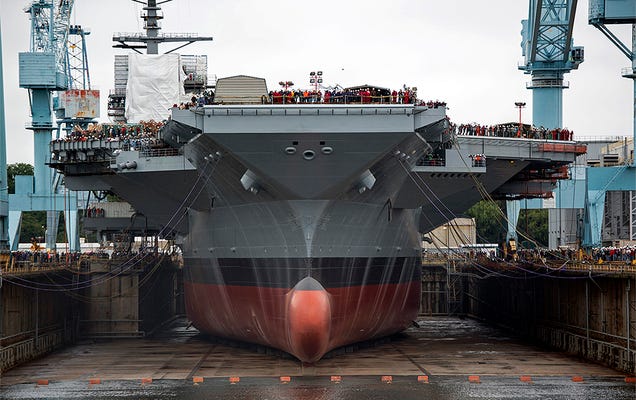Airline planners and airline
strategist have two camps. The planners are tasked with fitting in a Gorilla
buy blocks of 100 or more aircraft ordered, when its current fleet size is half that amount. The first 50 ordered are possibly destined for fleet renewal, and the second 50
are destined for fleet expansion coming from the airline's Gorilla strategist.
The purpose of a big order is twofold. One is for a big equipment order, buying at discount. The other is for leveraging airline growth with that buy. The second
class of member are the planners taking the form of "chief", GM, or
even a VP. These types must find a slot for aircraft purchased beyond its
current fleet configuration. They are called the Guerrillas. The English
language can confuse me at times, and that's a problem since it’s my main dialect,
English!
Here's
what happens when the strategist and manager collide. The planner is in a clandestine
corporate camp plotting the execution of the strategist delusion of leveraged
grandeur. It's Gorilla against Guerrilla. It was reported today on the CAPA
News with the following summary:
CAPA: 7/11/2015
"Norwegian has admitted that it may not be able
to use all of its planned aircraft and Wizz Air's order now provides an
opportunity to review the data on the number, and types, of narrow bodies on
order in Europe. Narrow body deliveries to Europe look set to rise, at a time
of rising global deliveries. Success is not guaranteed for all. Meanwhile the
expanding role of LCCs in both leisure and business markets continues to
undermine the positions of legacy airlines on short haul routes.
Both
Norwegian and Wizz-Air must turn to its Guerrilla team to find slots for
all its leverage buys it had confirmed from its Gorilla actions. They must
expand its upcoming fleet in advance of arrival with its current
over-stretched equipment inventory. The Gorillas must say, "make it so
#2", in true Star Trek tradition. The Guerrilla team must keep expanding
routes with current older equipment when a route comes available, in its preparation
for an overabundance of incoming newly framed bodies.
Airplane
wars is really complex, and it requires a modicum of luck, timing and
performance. If all three are missing it could be disastrous for any
airline. Stock holders could then expect to shoot its Gorillas who leveraged
its buys, and then replace its guerrillas who did not manage the transition
from a smaller to bigger fleet structure.
_at_night.jpg)

